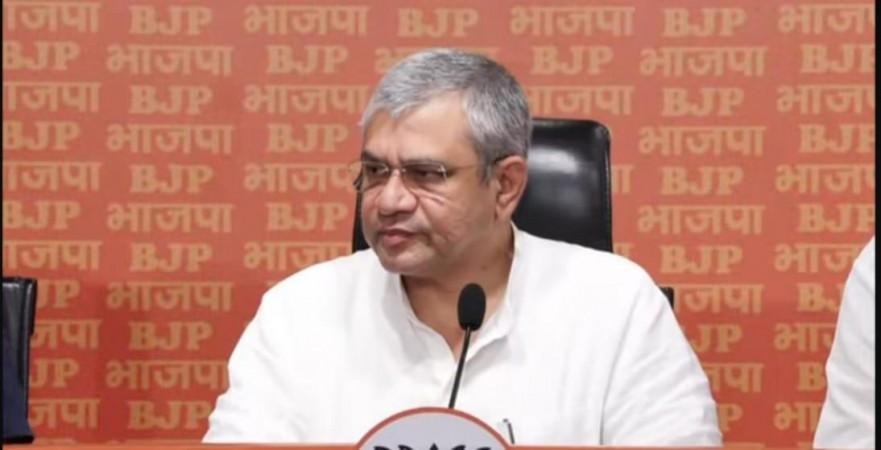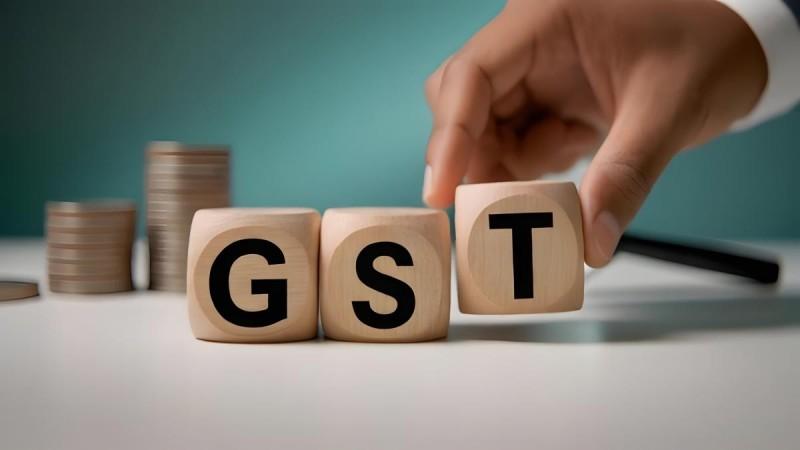
Prime Minister Narendra Modi has unveiled the next-generation Goods and Services Tax (GST) reforms, known as GST 2.0, marking a significant shift in India's economic landscape. This initiative is designed to provide substantial relief to middle and lower-income groups while boosting the nation's economic growth. Union Electronics and IT Minister Ashwini Vaishnaw highlighted the profound impact of these reforms, noting that GST rationalization would complement the earlier income tax exemption for earnings up to Rs 12 lakh. Vaishnaw stated, "Our country's GDP is Rs 330 lakh crore, to which consumption contributes nearly Rs 202 lakh crore. Following the GST reforms, if there is an increase of even 10 per cent, then consumption will increase by about Rs 20 lakh crore, meaning an additional GDP of Rs 20 lakh crore will come to the country, which is a significant increase in itself."
The GST 2.0 reforms, approved by the 56th GST Council, aim to simplify the tax structure by transitioning from a multi-slab system to a primary two-slab system of 5 per cent and 18 per cent, effective from September 22, 2025. This overhaul is designed to make essential goods and services more affordable, reduce the compliance burden on businesses, and stimulate consumption-led economic growth. Previously, the GST structure comprised four slabs of 5 per cent, 12 per cent, 18 per cent, and 28 per cent.

Finance Minister Nirmala Sitharaman addressed criticisms from opposition leader Rahul Gandhi regarding the GST reforms. She questioned why Gandhi did not suggest similar reforms during the UPA government's tenure, particularly when significant economic reforms were initiated in 1991. Sitharaman emphasized that the central government had seriously considered feedback and suggestions regarding the GST reforms, stating, "If there were some pressure, it would have even on us for two years because we have been pulled up on social media on various posts. If there was a pressure anyway, I didn't allow it to enter my skim of things."
Economic Impact and Industry Reactions
The GST 2.0 reforms are not merely a series of minor adjustments but a comprehensive overhaul of the existing system. Sitharaman described the process as "dredging a reservoir, taking all the old sand out, old muck out...and trying to give it a fresh piece of life." This meticulous approach involved intense scrutiny over eight months, ensuring that no aspect was overlooked. The reforms have garnered widespread support from various sectors. Mukesh Ambani, Chairman and Managing Director of Reliance Industries Limited, praised the reforms as a defining moment for India's consumption economy. He emphasized the transformative nature of the reforms and pledged to ensure that cost savings reach customers directly and transparently. This commitment sets a benchmark for responsible retailing in India and positions Reliance Retail as a partner in nation-building.
The GST 2.0 reforms also address the concerns of the auto industry. Vinod Aggarwal, Vice Chairman of EML and Managing Director & CEO of VE Commercial Vehicles, expressed confidence that the government would soon notify suitable mechanisms for the utilization of compensation cess on unsold vehicles, ensuring a smooth transition. Dr. Sudhir Mehta, Founder & Chairman of EKA Mobility, welcomed the reforms as an opportunity to streamline logistics planning, reduce operating costs for customers, and strengthen the ecosystem for growth.
The reforms have also been lauded for their potential to boost rural demand. By reducing input prices and improving accessibility, the reforms are expected to reinvigorate rural consumption, providing a much-needed boost to the farm economy. This, coupled with policy coherence and convergence with subsidy schemes, could significantly reduce the government's subsidy burdens, allowing for structural reforms and investment in agricultural infrastructure.
Sectoral Benefits and Historical Context
The GST 2.0 reforms are expected to have a positive impact on the real estate sector as well. With the reduction in costs of key construction materials such as cement and steel, input expenses for developers are expected to ease, making projects more viable. This move towards a simplified two-slab structure will streamline compliance, making processes smoother and faster. For the residential segment, this is likely to translate into tangible benefits for homebuyers as developers pass on the savings over the coming months.
The GST Council's decision to exempt life and health insurance from GST has been hailed as a victory for common people. This reform makes insurance a more viable tool for financial planning and risk management for millions of citizens. Vishal Gupta, CEO of PhonePe Insurance, expressed enthusiasm for the reform, stating, "We welcome the Council's deliberations and are committed to delivering the promise of affordable, accessible insurance for every Indian, in alignment with the IRDAI's vision of 'Insurance for All by 2047'."
Historically, India's taxation system has undergone several transformations. The introduction of GST in 2017 was a landmark reform that replaced a complex web of indirect taxes with a unified tax system. However, over time, the system became cluttered with multiple slabs, leading to classification disputes and compliance challenges. The GST 2.0 reforms address these issues by simplifying the tax structure and aligning it with global best practices.
The reforms are expected to have a ripple effect across various sectors, boosting consumption, easing compliance, and enhancing the credibility of India's tax system. By reducing the overall cost of living, the reforms significantly benefit lower- and middle-income households. The reduction in GST rates on essential items such as food, health insurance, and agricultural inputs is expected to provide immediate relief to consumers.















